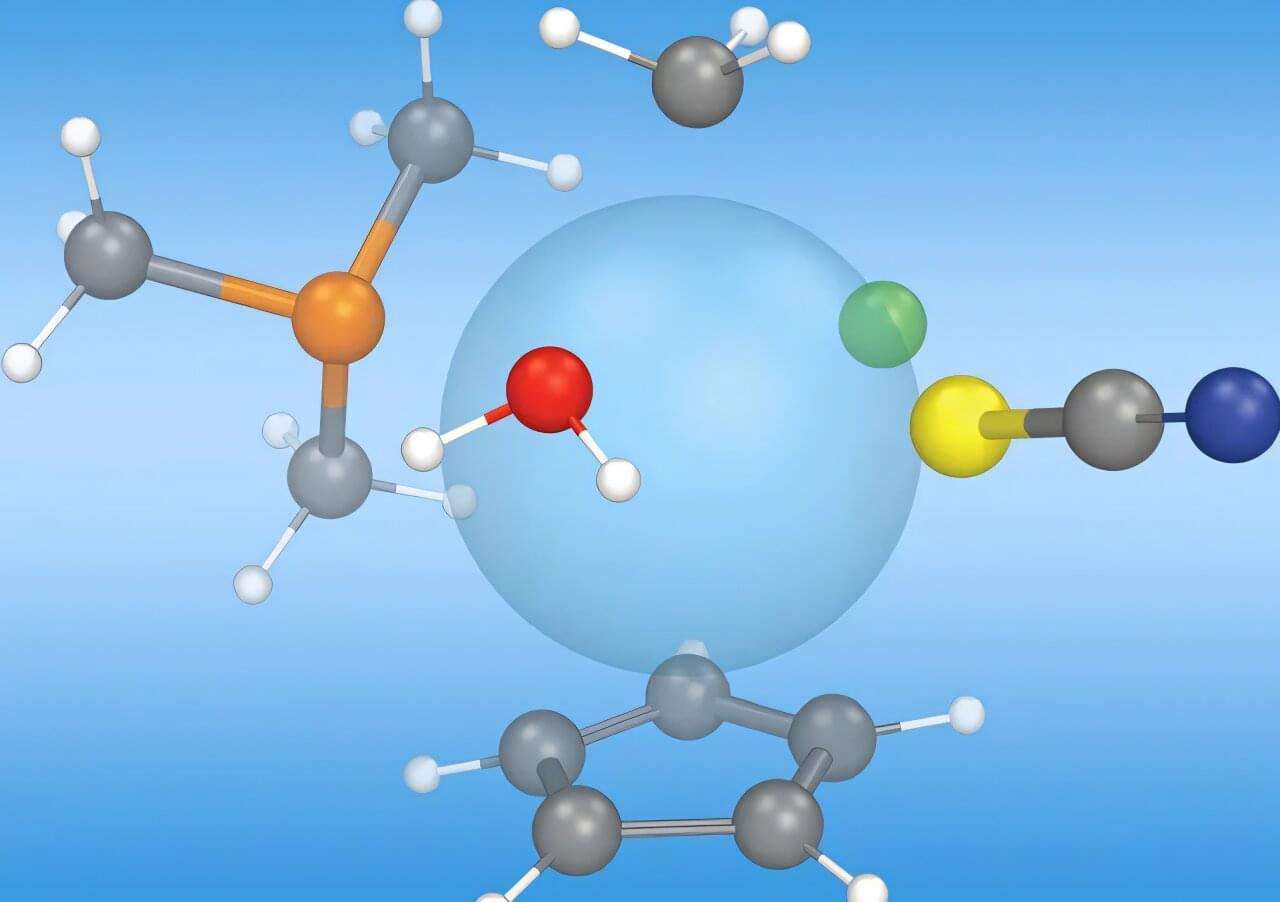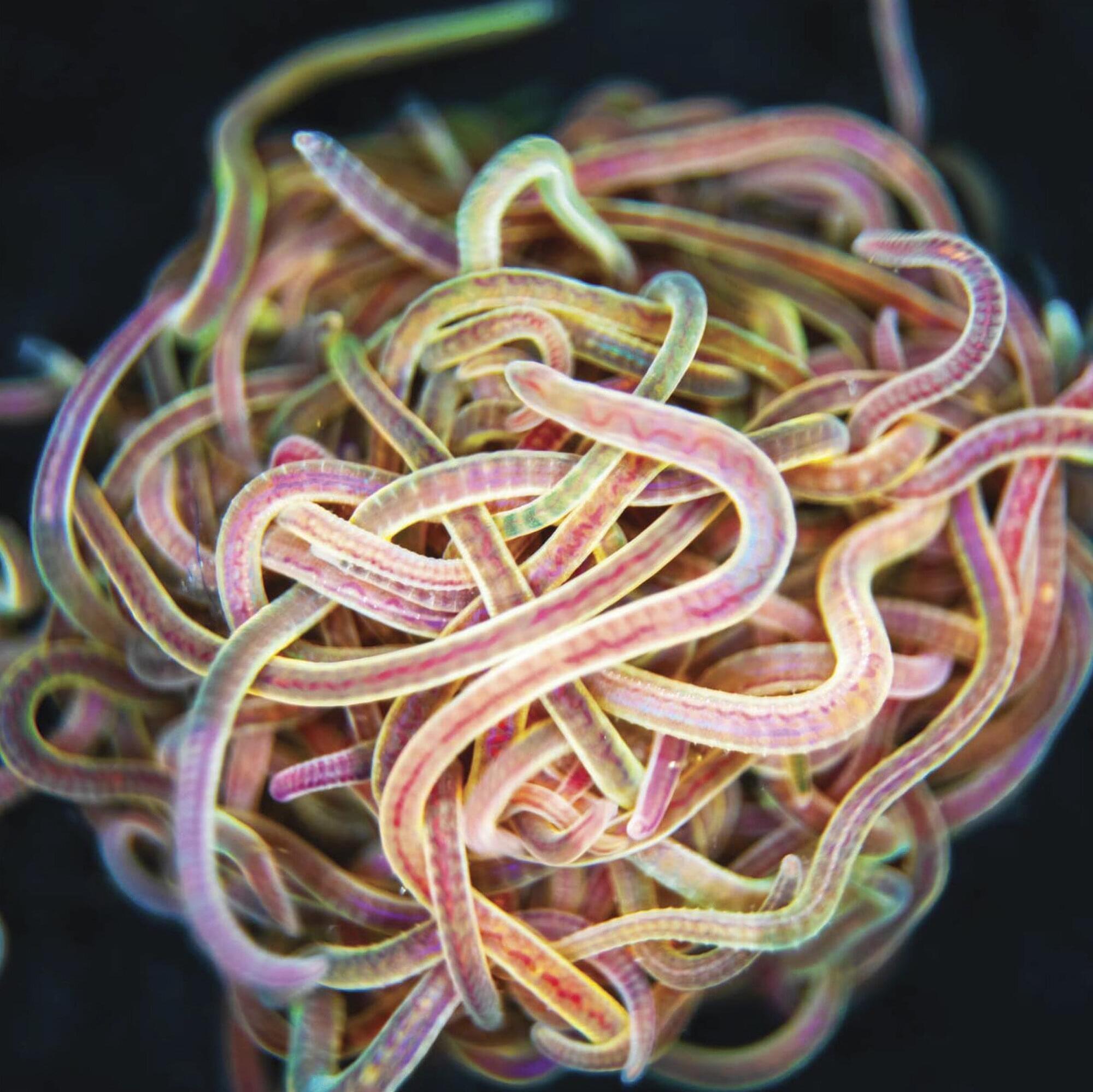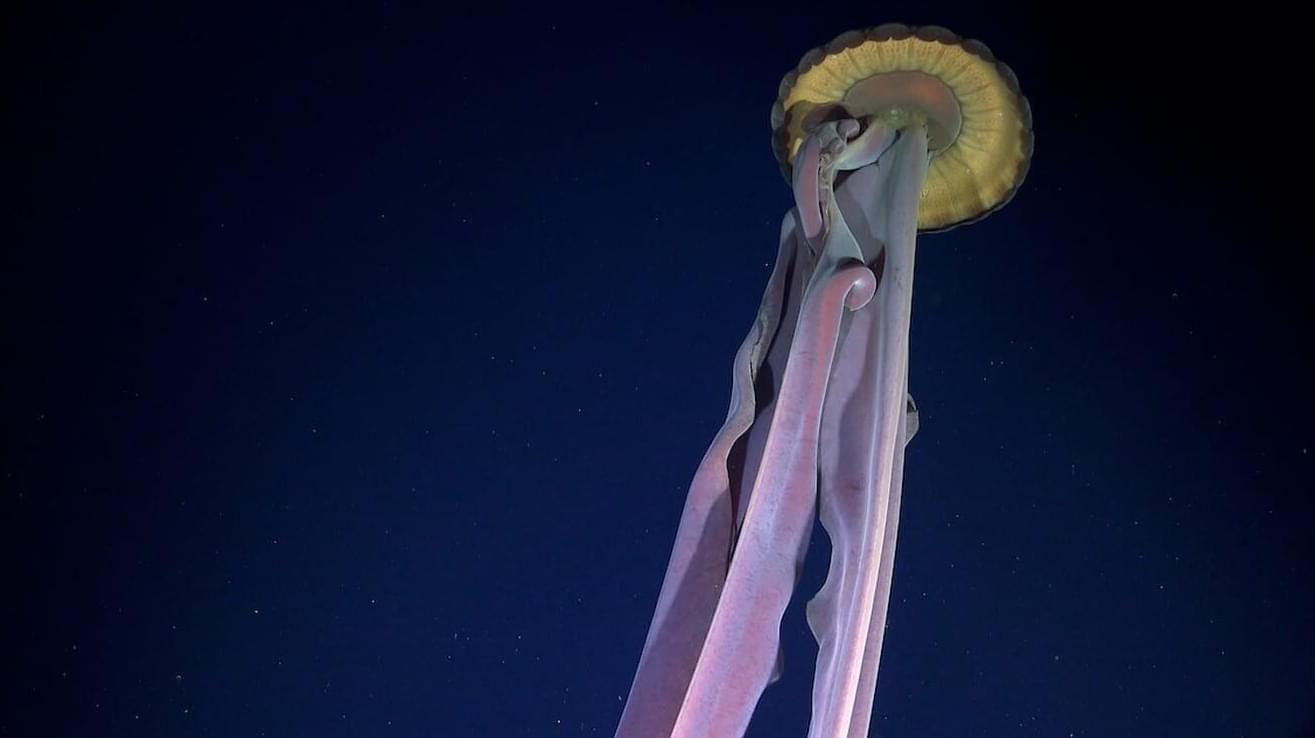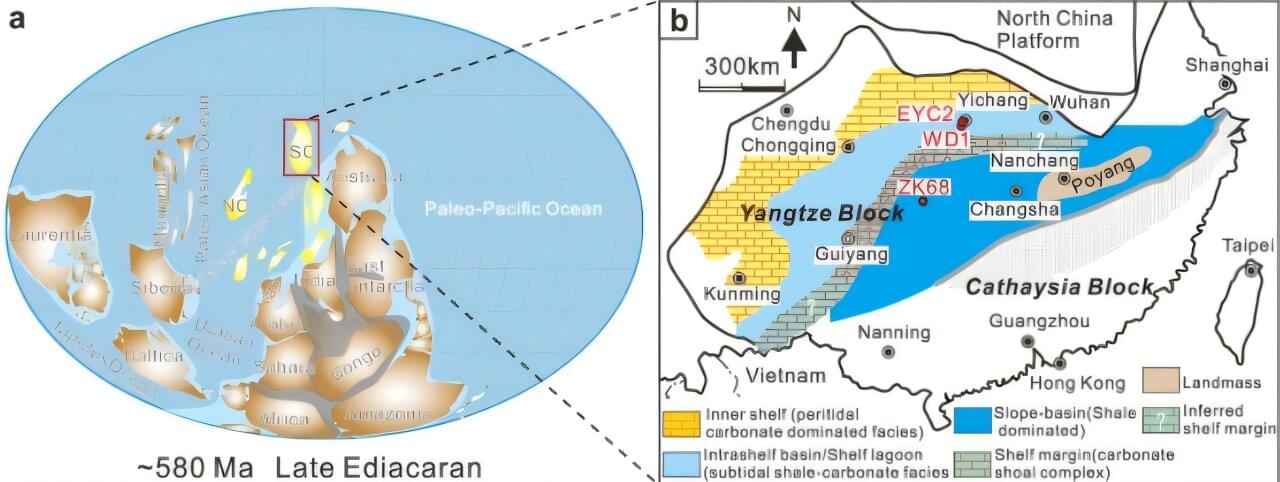A big new study discovered a simple way busy entrepreneurs can squeeze even more health benefits out of their daily walk.


Please consider joining my Substack at https://rupertsheldrake.substack.com.
Does Nature Obey Laws? | Sheldrake-Vernon Dialogue 95.
The conviction that the natural world is obedient, adhering to laws, is a widespread assumption of modern science. But where did this idea originate and what beliefs does it imply? In this episode of the Sheldrake-Vernon Dialogues, Rupert Sheldrake and Mark Vernon discuss the impact on science of the Elizabethan lawyer, Francis Bacon. His New Instrument of Thought, or Novum Organum, put laws at the centre of science and was intended as an upgrade on assumptions developed by Aristotle. But does the existence of mind-like laws of nature, somehow acting on otherwise mindless matter, even make sense? What difference is made by insights subsequent to Baconian philosophy, such as the discovery of evolution or the sense that the natural world is not machine-like but behaves like an organism? Could the laws of nature be more like habits? And what about the existence of miracles, the purposes of organisms, and the extraordinary fecundity of creativity?
—
Dr Rupert Sheldrake, PhD, is a biologist and author best known for his hypothesis of morphic resonance. At Cambridge University, as a Fellow of Clare College, he was Director of Studies in biochemistry and cell biology. As the Rosenheim Research Fellow of the Royal Society, he carried out research on the development of plants and the ageing of cells, and together with Philip Rubery discovered the mechanism of polar auxin transport. In India, he was Principal Plant Physiologist at the International Crops Research Institute for the Semi-Arid Tropics, where he helped develop new cropping systems now widely used by farmers. He is the author of more than 100 papers in peer-reviewed journals and his research contributions have been widely recognized by the academic community, earning him a notable h-index for numerous citations. On ResearchGate his Research Interest Score puts him among the top 4% of scientists.
https://www.sheldrake.org/about-rupert-sheldrake?svd=95
—

A collaborative effort between Meta, Lawrence Berkeley National Laboratory and Los Alamos National Laboratory leverages Los Alamos’ expertise in building tools for molecular screening capabilities. The release of “Open Molecules 2025”, an unprecedented dataset of molecular simulations, can accelerate opportunities for machine learning to transform research in fields such as biology, materials science and energy technologies.

Earthworms often form a cluster, from which they can barely free themselves. A similarly active, writhing structure forms when the tentacles of lion’s mane jellyfish become entangled. Robotic grippers utilize this principle by using multiple synthetic flexible arms to grip and move objects. And such interlinked self-propelled filaments can also be found at the smaller micrometer scale, for example in a biological cell.

After a Chicago-sized iceberg broke off from Antarctica, a research vessel changed plans and went to explore an underwater world never seen before by humans.
Researchers and crewmembers aboard the Schmidt Ocean Institute’s Falkor (too), “seized upon the moment” that was presented to them, and in doing so produced the first oceanographical, biological, and geological study of the area.
Located in the Bellingshausen Sea, the King George VI ice shelf, one of the massive, mostly seaborne glaciers that sit attached to the continent of Antarctica, lost a chunk of ice the size of the greater Chicago area, or around 209 square miles.

Chengdu University of Technology-led research has established a high-resolution astrochronological framework spanning approximately 57.6 million years of the early Ediacaran Period. This calibrated timeline provides precise constraints on major climatic events and the appearance of early complex life, offering critical context for understanding environmental change and biological innovation during Earth’s early history.
Understanding early life on Earth has been frequently stalled by an imprecise geological clock. Scientists have relied on broad stratigraphic patterns to trace the early Ediacaran Period (635 to 538.8 million years ago), a time marked by massive climate upheavals and the first signs of complex life.
Without consistent radiometric dating, researchers have struggled to align environmental disruptions such as shifts in carbon chemistry or marine oxygen levels with biological change. It’s a bit like having a few puzzle pieces and a stack of puzzles they might have come from. Fragmented timelines have left unanswered questions about what may have triggered evolutionary steps and when they occurred.

What would Hamlet have said at the edge of the technological event horizon? Check out this neo-Shakespearean take on the transhumanist dilemma.

As artificial intelligence and smart devices continue to evolve, machine vision is taking an increasingly pivotal role as a key enabler of modern technologies. Unfortunately, despite much progress, machine vision systems still face a major problem: Processing the enormous amounts of visual data generated every second requires substantial power, storage, and computational resources. This limitation makes it difficult to deploy visual recognition capabilities in edge devices, such as smartphones, drones, or autonomous vehicles.
Interestingly, the human visual system offers a compelling alternative model. Unlike conventional machine vision systems that have to capture and process every detail, our eyes and brain selectively filter information, allowing for higher efficiency in visual processing while consuming minimal power.
Neuromorphic computing, which mimics the structure and function of biological neural systems, has thus emerged as a promising approach to overcome existing hurdles in computer vision. However, two major challenges have persisted. The first is achieving color recognition comparable to human vision, whereas the second is eliminating the need for external power sources to minimize energy consumption.
